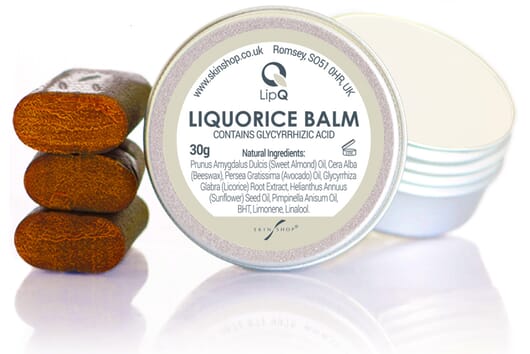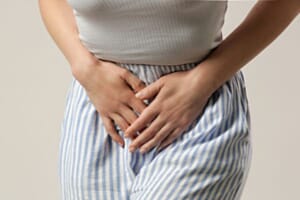After a few rather disappointingly chilly weeks things are about to get hot hot hot!
The heatwave currently engulfing much of Europe is heading our way. So, while you’re planning BBQs and selecting this season’s swimwear must-haves, give a thought to your skin, especially if you suffer from sensitive or problem skin conditions such as eczema, acne and rosacea. And if you are prone to cold sores, the extreme heat can also be a trigger.
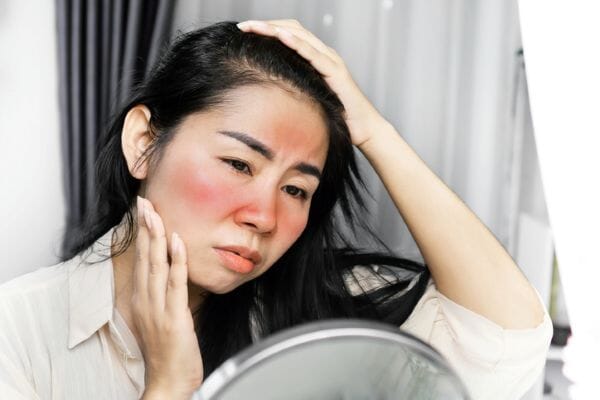
To add flames to the fire, the older you are, the more your skin struggles to cope with an increase in heat exposure. Studies (1) reveal that younger skin is faster to acclimatise and protect itself against a rise in temperature than more mature adult skin.
Research also suggests that a rise in temperature is particularly problematic for atopic skin, such as skin prone to eczema and dermatitis as it can accelerate skin barrier dysfunction (2) and increase TEWL (trans epidermal water loss).
With the help of skincare experts, here are 6 skin hacks on how to prevent your skin from wreaking heatwave havoc.
Preserve Pure Sebum
The heat makes the skin sweat more, which means the skin starts to produce more sebum; so hot skin can quickly become greasier, which leads to pooling of sebum in the skin pores and trigger an acne breakout.
Biochemist Dr Barbara Brockway from Reading University says, “It’s a common misconception that excess sebum is the cause of acne and treatments that aim to dry up or reduce sebum production are not necessarily aiming at the root cause of the problem. Sebum is the skin’s natural moisturiser and is highly beneficial to adult skin in terms of maintaining moisture and conditioning, especially during hot weather.
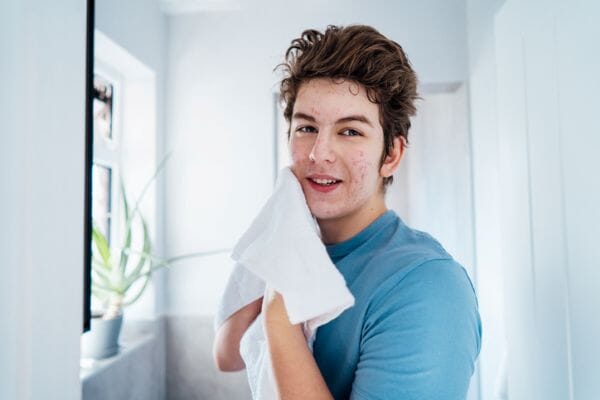
So, sebum itself isn’t the enemy, it’s rancid sebum. Rancid sebum is caused by the process of oxidisation when the sebum is mixed with oxygen on reaching the skin’s surface and starts, essentially, to rot. The acne bacteria’s main food source is rancid sebum, and so the more food it has to feed off, the quicker it multiplies, leading to pore blockages, inflammation, and of course acne.
Pixalia is a polyphenol-rich extract with multiple scientific studies showing its effectiveness in preventing the oxidation process of sebum, keeping sebum preserved and pure. Pixalia is the principal ingredient in the topical skin serum Clarol Sebopure and, when used daily in hot weather, will aid in keeping sebum pure as it passes out through the pore. If sebum remains pure, the acne bacteria is effectively starved, resulting in less pore blockages and less acne, yet without damaging or drying surrounding skin.
Supress Skin Swelling
When the skin gets hot, it swells up, and skin inflammation is the main trigger for skin flares in both atopic skin and skin prone to rosacea.
Dermatologist Dr Eva Melegh says, “When the skin gets hot, circulation to the skin’s surface increases, causing swelling. For both atopic skin and skin prone to rosacea, this can be a trigger for a flare-up. The key is to keep inflammation of the skin to the minimum during hot weather. This means staying in the shade and avoiding direct sun, keeping skin cool with looser clothing and staying near ventilated areas. Air conditioning is great for staying cool, but it also quickly dries out skin, which can be another trigger for atopic and rosacea flares.
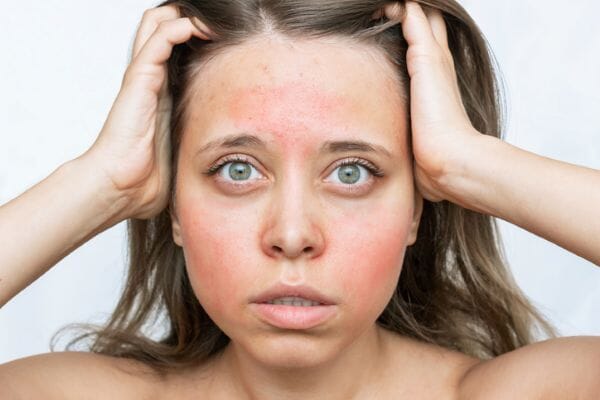
Skincare can also greatly aid in controlling skin swelling. For heatwave atopic skin, I’d recommend an unperfumed hypoallergenic skin salve (so it doesn’t slide off so easily with sweat), with a focus on anti-inflammatory ingredients such as Hydrosil Turmeric Butter & Milk Salve. Turmeric is a potent anti-inflammatory, and the salve also contains donkey milk, which is the most hypoallergenic of all milks, as well as a plant steroid that helps relieve itching.

For skin prone to rosacea, which I suffer from myself, I’d recommend Kalme Day Defence. which is a day dream with a zinc mineral SPF 40. Zinc is very beneficial for rosacea-prone skin as it’s the SPF with the lowest reactivity and it’s also a natural anti-inflammatory. This multi-tasking day cream also contains an anti-redness ingredient, which has been proven to reduce redness up to 70%, as well as a potent antioxidant, both of which help control heat-triggered inflammation.”
Bump Up Good Skin Bacteria
As the temperature of the skin rises, skin barrier function begins to be compromised, resulting in more external bacteria getting into the gaping skin pores, leading to acne breakouts and blackheads.
Professional makeup artist and owner of Buff Makeup artistry Jo Crossley says: “When it gets hot, sweat and makeup mix to create a perfect concoction for external bacteria to get into stretched pores and cause breakouts. So, keeping good skin bacteria bumped up while suppressing the growth of bad bacteria is key to keeping skin clear during hot weather.
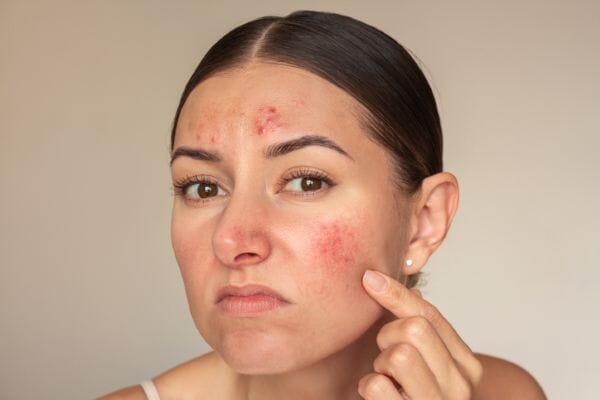
I first discovered Clarol Silver Serum when I was suffering from frequent breakouts. This serum’s function is very simple, it feeds good skin bacteria and starves bad skin bacteria. My skin reacted to traditional over-the-counter spot treatments, and Silver Serum not only keeps my skin clear, but never dries or irritates it. The serum also helps diminish the redness that remains, long after an acne breakout has died down.
I recommend Silver Serum to all my clients, particularly brides with summer weddings coming up, who may be prone to breakouts, and if you wear it under makeup, even in hot sticky weather, it stops bad bacteria invading your skin. I’ve been told by some of my clients who have applied it several times a day, without any dryness or sensitivity, and have been overjoyed by how clear their skin has become. For me, it’s a total skin-saver for acne-prone skin in hot sticky weather.”
Do Not Disturb Dormant Cold Sore Virus
Surprisingly, 50% of the population carries the herpes simplex virus that causes cold sores. The virus lies dormant in the skin around the lips until it’s ‘woken up’ by triggers, and heat and sun are one of the most common triggers for a cold sore outbreak.
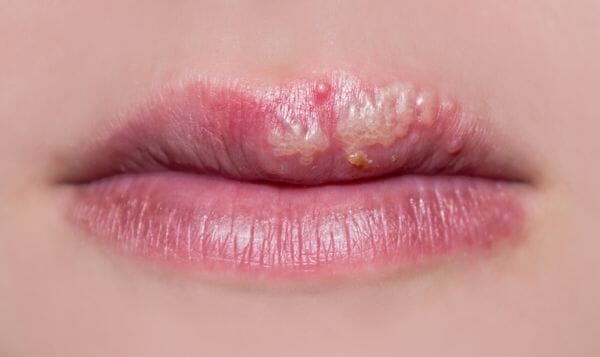
A trial by the Herpes Virus Association found that a natural lip balm containing a highly concentrated extract of glycyrrhizic acid (liquorice root) reduced the severity and duration of cold sore outbreaks for over 73% of subjects tested, and, furthermore, 83% of subjects using the Lip Q Liquorice Balm reported experiencing less severe outbreaks while using the Liquorice Balm.
Marian Nicholson from the Herpes Viruses Association says "Lip Q Liquorice Balm performed well with respondents showing a marked reduction in severity and duration of their cold sore outbreaks. In light of this research, we are happy to recommend this treatment to our members, especially during hot and sunny weather."
Block Intimate Bacterial Build Up
Heat and sweat are the two biggest triggers for bacterial build up in intimate skin which can quickly lead to vaginal itching, intimate discomfort, and vaginal dryness. This can be particularly problematic for women post-pregnancy and around menopause, when vaginal irritation is already more frequent due to hormonal disruption.
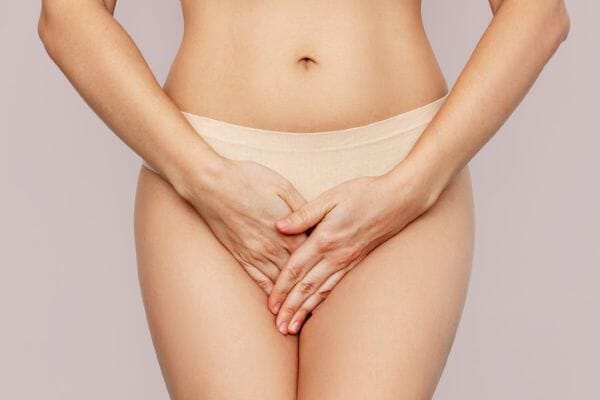
Dr Debjani Mukhopadhyay, consultant NHS gynaecologist says 'Vaginal irritation can be triggered by heat and sweat build up, which, when combined with disruption in the production of oestrogen, can lead to the acidic pH level of the vagina becoming more alkaline, which is ideal for bad bacteria to flourish and infections and irritation to build up. The use of prebiotic compounds in intimate skincare such as the one used in In2mate Moisturiser encourages the growth of good bacteria, which studies show can help repair infected skin in vaginal tissue and relieve itching and discomfort.”
Avert Antagonised Eyes
The heat can trigger allergic reactions and rashes in skin, and one of the most common places for this to occur is on the eyelids. Heat, combined with pollen and plant allergies, chemicals from SPF creams, sweat and cosmetics, and the added risk of oestrogen disruptions around menopause which can trigger blepharitis (a reactive inflammation of the skin around the eyes), means that hot weather is a red alert for inflamed, itchy eyes.
Helen Andrew, celebrity makeup artist, says: “I suffer from eye eczema, and heat is always a trigger. My flare ups are usually on the eyelids. My number one recommendation for controlling flare ups is a miracle little product called Hydrosil Dry Eye Gel , which is a light eye gel that contains a natural plant steroid that instantly calms itching and inflammation and is perfect for wearing under cosmetics and any SPF eye products. I wear it under all eye makeup, and I use it on all my models who are prone to allergies or eczema.

Be wary of what makeup removers you use as many of them contain solvents which can trigger a flare up. I love using natural raw organic coconut oil to remove makeup, it’s safe on the skin, naturally antibacterial, and is great at breaking down the products on your skin. I melt a small amount in my hands and massage gently into the skin paying attention to the lash area too, then rinse away with lukewarm water and continue with my cleansing routine (oils can clog the pores, so it is important to use a hypoallergenic cleansing wash afterwards).
During the heat, clean your lashes thoroughly! Sweat and pollen gather on lashes, and we tend to rub our eyes more due to these factors, which then brings external bacteria onto the lashes and eyelids. Cleansing lashes daily with diluted baby shampoo can hugely help keep symptoms under control. Just dip a cotton bud into the shampoo solution and run it along the lash line (top and bottom). This really helps to remove the build-up of bacteria that begins to form on the lashes in hot sticky weather. Make sure to use one end of a clean cotton bud for each lash line to avoid cross-contamination.”
Ref:
https://pmc.ncbi.nlm.nih.gov/articles/PMC3524686/
https://www.sciencedirect.com/science/article/abs/pii/S1081120623005690






